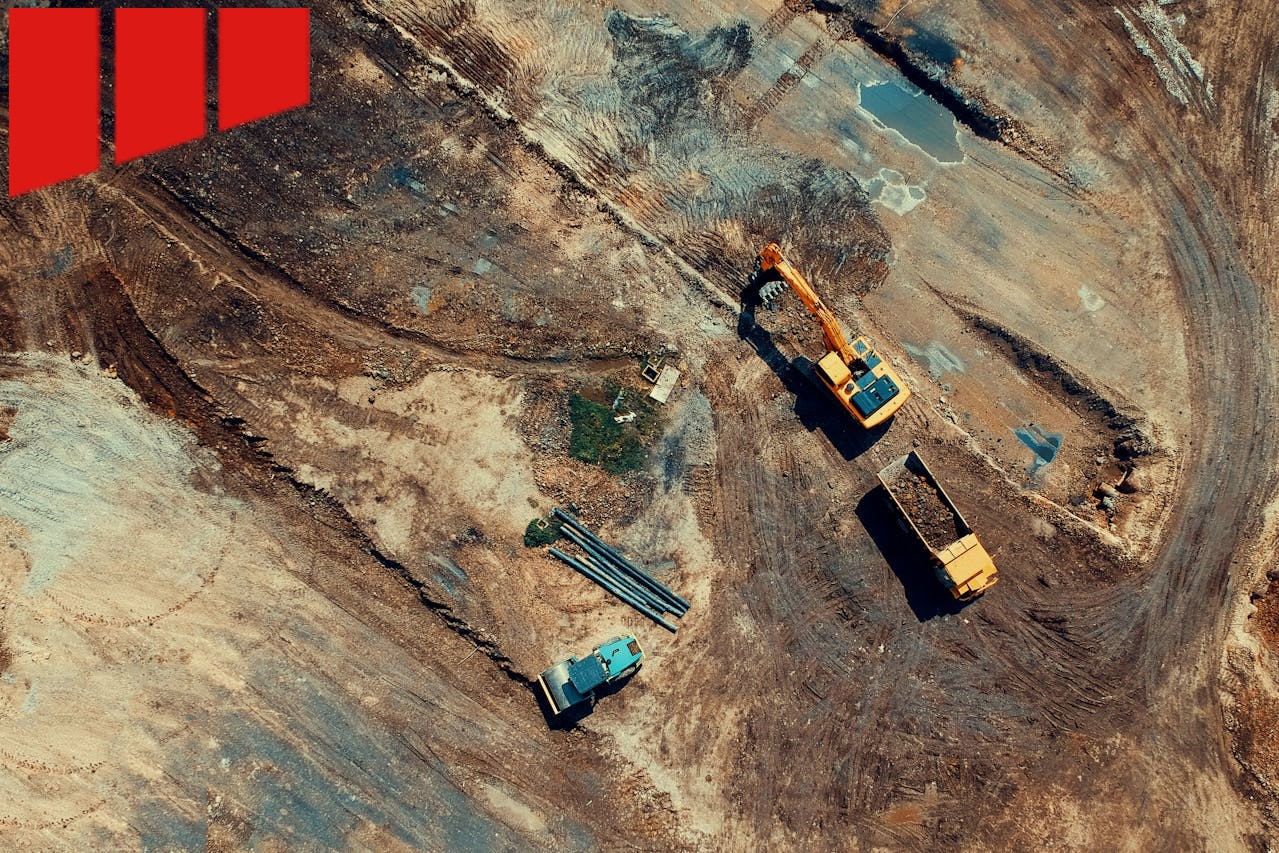Understanding every phase of the construction project lifecycle, from feasibility to post-project management, empowers stakeholders to proceed with confidence.

The construction project lifecycle provides a structured framework that ensures a project moves smoothly from concept to completion. Every construction project follows a series of well-defined phases, each with critical milestones that keep the project on schedule and within budget. Understanding these phases can help project stakeholders manage risks, optimise resources, and achieve successful project delivery.
Every project begins with an initiation phase, where feasibility is assessed. During this stage, decision-makers define project objectives, analyse site conditions, and evaluate potential risks. This phase is crucial in determining whether the project is viable.
Without a thorough feasibility assessment, projects may face delays or unexpected costs later in the lifecycle.
Once feasibility is confirmed, the next step is developing a comprehensive construction project plan that outlines how the project will proceed. This phase includes defining budgets, creating schedules, and finalising designs.
Effective planning minimises uncertainty and ensures that all project elements align before construction begins.
With a clear plan now in place, the procurement phase involves acquiring materials, hiring contractors, and preparing for site mobilisation. This stage ensures that all necessary resources are available when construction starts.
Poor procurement planning can lead to supply chain disruptions, construction delays, and cost overruns, making this phase critical to overall project success.
The construction phase is where the project takes shape. This is the most visible stage of the construction project lifecycle, where contractors, engineers, managers, and technical site personnel work together to bring the design to life.
At this stage, efficient coordination among teams is essential to maintaining momentum and avoiding costly disruptions.
Throughout the construction phase, rigorous quality control and monitoring processes ensure that the project stays on track. This includes cost control, risk management, and adherence to industry best practices.
Construction managers play a vital role in tracking progress, identifying issues early, and keeping all stakeholders informed.
Construction project management isn’t over when the structure is complete. The final phase of the construction project lifecycle involves handing over the completed project to the client. This stage ensures that all contractual, safety, and operational requirements are met before occupancy or use begins.
A successful handover signifies that the project has been completed to standard, ensuring a smooth transition to operational use.
Understanding the construction project lifecycle allows stakeholders to navigate each phase with confidence. From feasibility studies to final handover, every stage plays a crucial role in achieving a successful outcome.
For over six decades, DG Jones & Partners has been a trusted name in construction project management, delivering excellence across a wide range of projects and through every project stage. From luxury residential developments to transformative infrastructure, we provide tailored solutions that meet our clients’ unique needs.
Our multidisciplinary team combines global expertise with local insights, ensuring that every project is executed with precision, professionalism, and innovation. Whether managing costs, schedules, or risks, DG Jones & Partners is your partner in achieving construction success.
Ready to learn how we can elevate your next project? Speak to an expert in your region today!